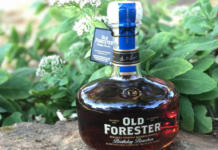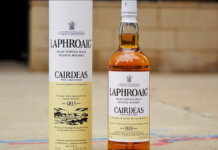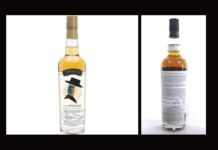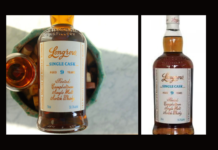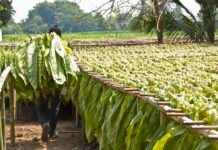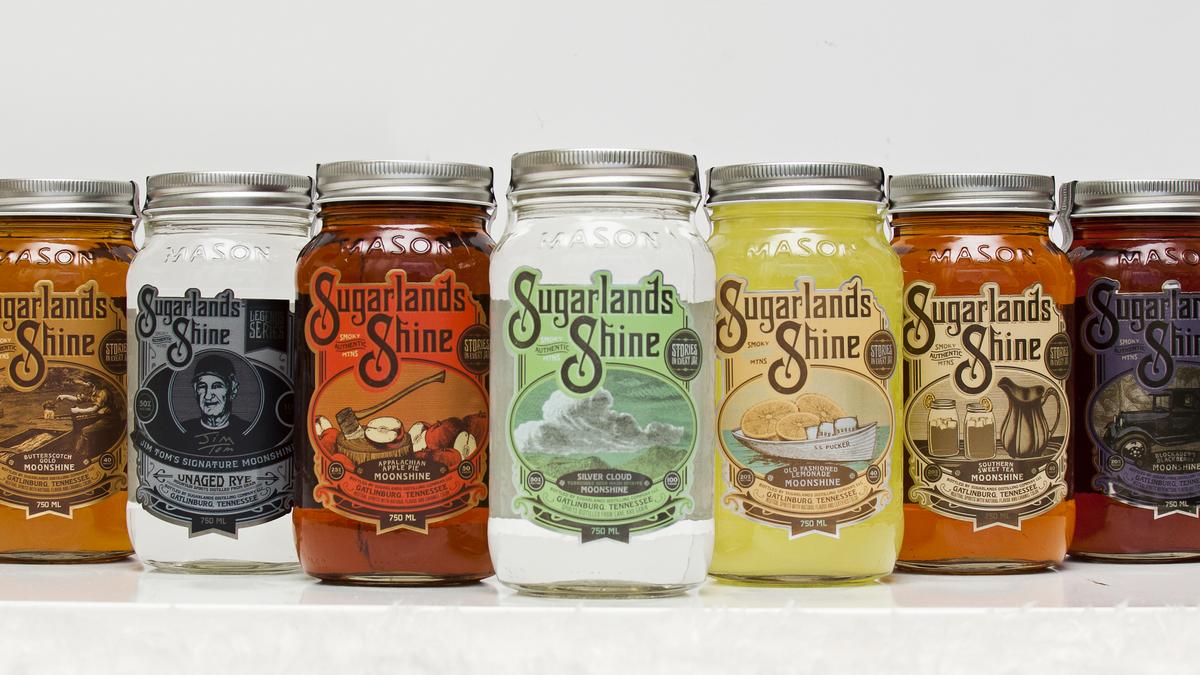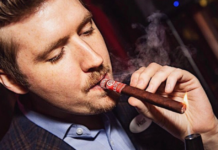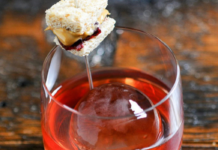Sugarlands Distilling Company produces craft quality moonshine and whiskey. The distillery in downtown Gatlinburg, Tenn. is a popular attraction where guests are invited to taste samples of our award-winning Sugarlands Shine, take behind the-scenes tours of the production, and purchase a variety of moonshine flavors, mountain merchandise, and apparel.
Sugarlands Distilling Co. opened its downtown Gatlinburg distillery in March 2014 to perform the age-old craft of distilling fine Sugarlands Shine. Its authentic spirits, barn-house location, and first-class entertainment offer visitors the complete Tennessee moonshine experience. Sugarlands Distilling Co. is a proud, locally owned, community–minded, “give-back” brand.
We spoke to the head distiller at Sugarland Distilling, Greg Eidam about the special Sugarlands Shine.
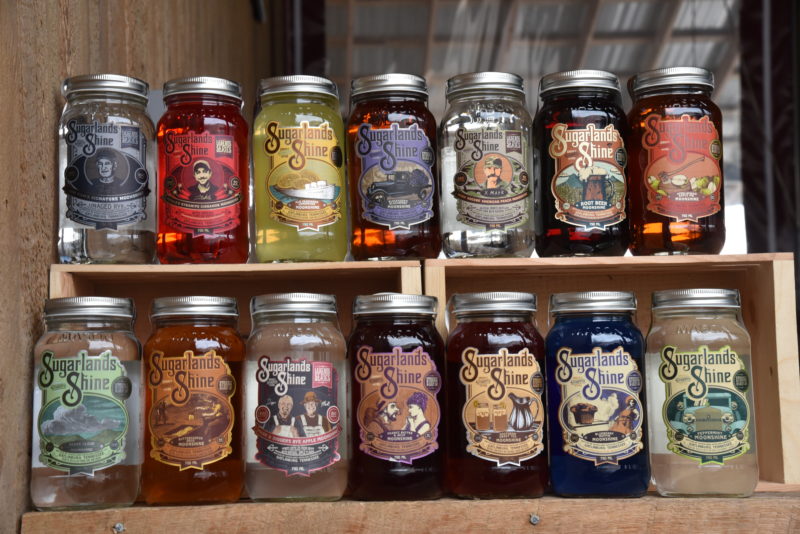 Please tell me how the distillery came about?
Please tell me how the distillery came about?
GE: I was a civil engineer for twenty years and looking for a change. My best friend, Ned Vickers, is an entrepreneur so we had talked for several years about doing something together. One day he called me up and asked, “What do you think about opening a distillery?” I had bought him a home brewers kit when he graduated college and over the years we had developed our knowledge, ability and passion for it. Distilling was the natural progression for the geeky, engineering side of us to explore. Over the following two years from that phone call an amazing team of people were put together and we opened our doors on March 7th, 2014.
What have been the main challenges involved in setting up a new distillery?
GE: Craft distilling was still relatively new so there weren’t a lot of good resources or information readily available to assist in developing the business. Not only did we have to educate ourselves, our architect and engineers had to get up to speed on the specific requirements and needs for this industry.
And what has been the part you’ve enjoyed most?
GE: Wow, there isn’t much I haven’t enjoyed, which has made all the hard work and long hours completely worth it. I used to sleep in a hammock in the distillery three to four nights a week the first year. I loved what I was doing, believed in what we could achieve and didn’t want to leave. There was always something else that could be done. So, maybe what I enjoy most is the confirmation I get when I see our customers become fans and spread the passion we have at Sugarlands to their friends and family.
Whenever I travel, I usually wear a Sugarlands shirt. People constantly stop me to say “I’ve been there”. You can see them light up as they recount their experience in visiting and how they took some home to share with their family and friends. I purposely don’t tell them upfront who I am so I can just enjoy hearing about their experience.
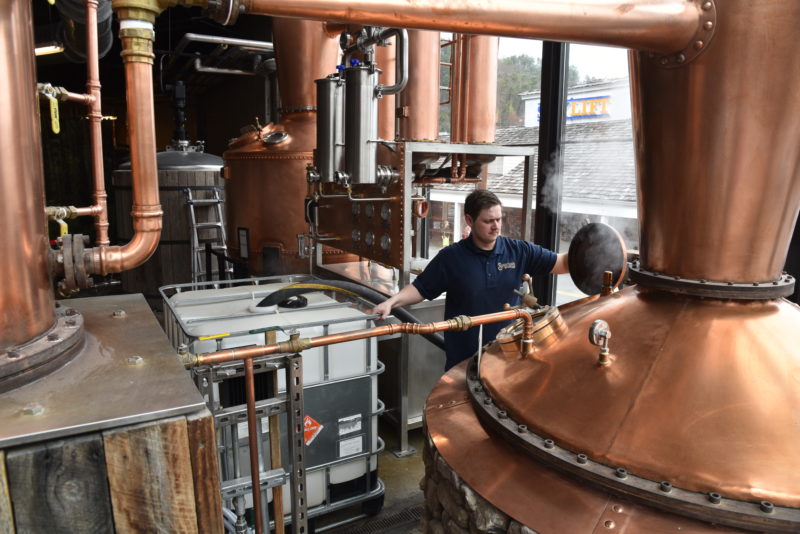 What whiskey expressions do you currently produce, and how are they all different?
What whiskey expressions do you currently produce, and how are they all different?
GE: We are obviously known for our moonshine, but we’ve been laying down barrels of rye whiskey for just under two years now and they are starting to show great promise. The experience we’ve gained in making moonshine I believe have paid off to differentiate us from others that have gone straight to barrel. Barrel aging can mask imperfections in the distillate. To make a product that is good to drink straight, without flavoring, aging or blending requires meticulous attention to detail in the mashing and distilling process.
We make very clean cuts off the still while not stripping it too clean so we maintain the character of the grain. Everything is small batch and pot distilled a minimum of six times.
Our Vendome pot still has a whiskey helmet and offset four plate column with a dephlegmator, which allows us to produce a great spirt with the perfect balance between being too thin or too heavy. Additionally, we use the best ingredients, milled fresh for every batch. One more differentiator is we use white corn instead of yellow and it makes a difference.
Old time distillers will tell you, “yellow corn is for critters, white corn is for whiskey.” So, with all that said, we feel we enter the barrel with the best distillate possible. That is arguably 50% of the job done. Many people will tell you the barrel dictates the other 50% and so we’ve paid special attention to acquiring premium barrels with the staves air dried a minimum of two years. Most barrels are made with staves that are kiln dried within weeks of them arriving at the cooperage.
What are you currently doing to stand out in this craft saturated whiskey market?
GE: Our first release of whiskey will be in April and will be a small, two barrel release so we haven’t had to deal with this quite yet. However, everything mentioned in the previous response is what we are doing to enter the market with a leg up.
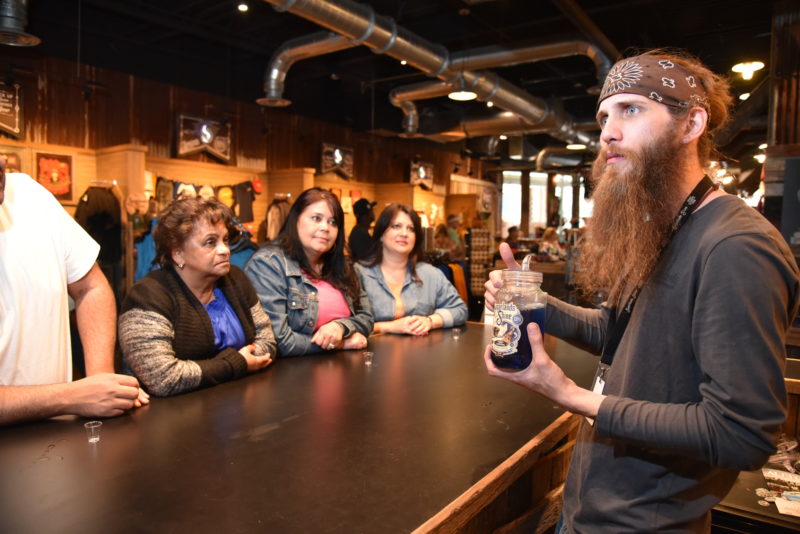 Why did you start production? Did you see a gap in the market or was it to fulfill some passion?
Why did you start production? Did you see a gap in the market or was it to fulfill some passion?
GE: Moonshine was our primary focus starting out as we wanted to pay homage to this art our region is known for and all the moonshiners that have carried the craft forward from generation to generation. That said, we have a passion for whiskey and we’ve always had our eye on the end game. Everything we’ve done has grown our experience and prepared us to make whiskey.
Greg, what attributes and skills do you think a Head Distiller should posses? Can you also tell us the difference between a Master Distiller, Head Distiller and Head Blender.
GE: I guess that depends on the size of the distillery. A head distiller for a small craft distillery has to wear many hats that include: perfecting the craft of distilling/blending, being a buyer, marketing, financing, bill collector, etc. The head distillers at large distilleries typically have risen through the ranks and gained experience in all the distilling aspects of the business and then in the head distilling position oversees these processes while also acting as a figure head for the company in promoting their brand.
Fortunately, from early on and as we’ve grown, we’ve hired amazing people to cover all the aspects of our operation and I’ve could focus on the craft of distilling. I am now surrounded by an incredible production team that has gotten so good on their own they barely need me. So now I’ve got a great title for someone that has become more of a glorified secretary, paper pusher, QA/QC tech, and anything else that is needed to make sure my team has what they need to do their thing. I’m not sure there is a formal definition for Master Distiller or Blender.
In my opinion, these are titles earned after years in the industry gaining quality experience in all aspects of spirits production including mashing, distilling, aging and blending. The Master Blender title should be reserved for a person that has a highly developed pallet and finely honed skill of blending spirits for quality and consistency, but experienced enough in the entire distilling process to be able to identify at what point in the process faults are derived.
Greg, is there a flavor profile that you aim to achieve when malting, mashing, fermenting, distilling and maturing?
GE: Yes and no. Sometimes there is something specific I want to achieve, but being relatively inexperienced particularly with whiskey, I think experimentation is important to see what works, what doesn’t work, how much of an impact a small/large change in something effects the final product, and keeps the creative juices flowing. Experiences like this give us the knowledge to make decisions later and solve problems. It could also lead to stumbling upon something great.
Do you believe now is the most exciting time for a whiskey lover?
GE: Absolutely. Just as craft brewing changed the game for beer as the average beer drinker expanded their pallets, the rise if craft distilleries will do the same thing.
What is in the pipeline for 2017 that we should look out for?
GE: Rye whiskey. The rest is a closely held secret. We won’t even tell the President.
For more information on the distillery, please visit the links below:
website: http://www.sugarlandsdistilling.com/
facebook: https://www.facebook.com/SugarlandsDistillingCompany





